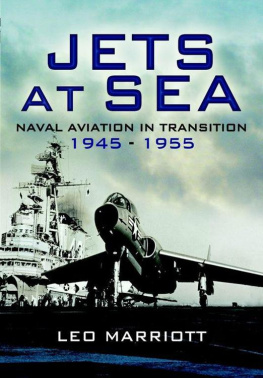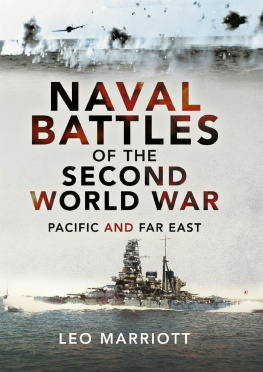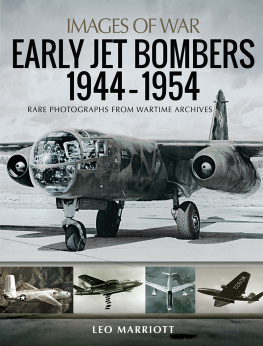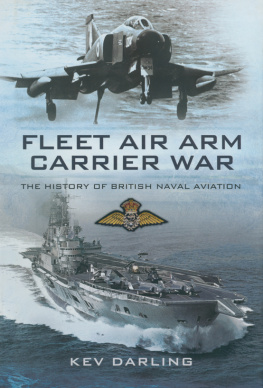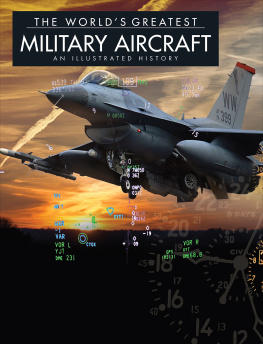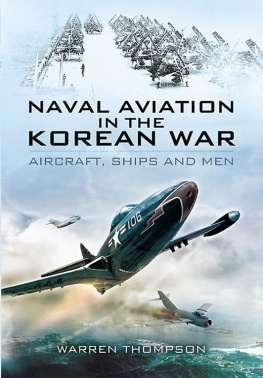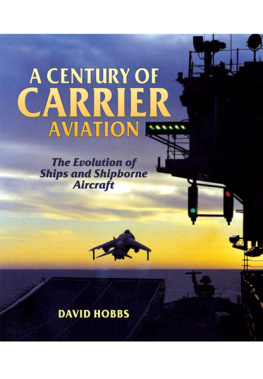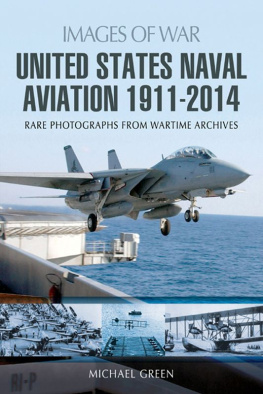First published in Great Britain in 2008 by
Pen and Sword Aviation
an imprint of
Pen & Sword Books Ltd
47 Church Street
Barnsley
South Yorkshire
S70 2AS
Copyright Leo Marriott, 2008
9781783460694
The right of Leo Marriott to be identified as Author of this Work has
been asserted by him in accordance with the Copyright, Designs
and Patents Act 1988.
A CIP catalogue record for this book is
available from the British Library.
All rights reserved. No part of this book may be reproduced or
transmitted in any form or by any means, electronic or mechanical
including photocopying, recording or by any information storage and
retrieval system, without permission from the Publisher in writing.
Typeset in 11/13 Palatino by
Concept, Huddersfield, West Yorkshire
Printed and bound in England by
CPI UK
Pen & Sword Books Ltd incorporates the Imprints of Pen & Sword
Aviation, Pen & Sword Maritime, Pen & Sword Military,
Wharncliffe Local History, Pen & Sword Select, Pen & Sword Military
Classics, Leo Cooper, Remember When, Seaforth Publishing and
Frontline Publishing.
For a complete list of Pen & Sword titles please contact
PEN & SWORD BOOKS LIMITED
47 Church Street, Barnsley, South Yorkshire, S70 2AS, England
E-mail: enquiries@pen-and-sword.co.uk
Website: www.pen-and-sword.co.uk
GLOSSARY
| AA | Anti Aircraft |
| A&AEE | Aircraft and Armament Experimental Establishment |
| ACS | Aircraft Carrier Squadron |
| AEW | Airborne Early Warning |
| AI | Airborne Interception (Radar) |
| ASW | Anti Submarine Warfare |
| BuAer | US Navy Bureau of Aeronautics |
| CAG | Carrier Air Group |
| CCA | Carrier Controlled Approach |
| C of G | Centre of Gravity |
| CVF | Future Aircraft Carrier |
| DP | Dual Purpose |
| ehp | Equivalent Horse Power |
| eshp | Equivalent Shaft Horse Power |
| EW | Electronic Warfare |
| FB | Fighter Bomber |
| FR | Fighter Reconnaissance |
| HA | High Angle |
| HMS | His/Her Majestys Ship |
| HMAS | His/Her Majestys Australian Ship |
| HMCS | His/Her Majestys Canadian Ship |
| HNMS | Her Netherlands Majestys Ship |
| hp | Horse Power |
| HVAR | High Velocity Aerial Rocket |
| IAS | Indicated Air Speed |
| LPH | Landing Platform (Helicopter) |
| lb st | pounds static thrust (measure of jet engine power) |
| lb thrust | pounds thrust (same as pounds static thrust) |
| MAUW | Maximum All Up Weight |
| MDAP | Mutual Defence Assistance Pact |
| MTOW | Maximum Take Off Weight |
| NACA | National Advisory Committee for Aeronautics (US organisation) |
| NAS | Naval Air Squadron or Naval Air Station |
| NATO | North Atlantic Treaty Organisation |
| nm | Nautical Mile |
| OTC | Officer in Tactical Command |
| PR | Photographic Reconnaissance |
| RAE | Royal Aircraft Establishment (Farnborough) |
| RAF | Royal Air Force |
| RAN | Royal Australian Navy |
| RATOG | Rocket Assisted Take Off Gear |
| RCN | Royal Canadian Navy |
| RN | Royal Navy |
| RNN | Royal Netherlands Navy |
| RNVR | Royal Navy Volunteer Reserve |
| RNZAF | Royal New Zealand Air Force |
| SAR | Search and Rescue |
| SBAC | Society of British Aircraft Constructors |
| STOVL | Short Take Off Vertical Landing |
| TACAN | Tactical Aid to Navigation |
| US | United States |
| USAAF | United States Army Air Force |
| USAF | United States Air Force (officially formed 1948) |
| USN | United States Navy |
| USS | United States Ship |
| VTOL | Vertical Take Off and Landing |
US NAVY AIRCRAFT DESIGNATIONS
During the period under review in this book the US Navy applied a system of designations that indicated the operational role of the aircraft and its manufacturer. The first letter(s) indicated the aircrafts function and the second letter the manufacturer. Between the two letters was a number that indicated the sequence of designs or projects from that particular manufacturer. Thus, for example, the well known DC-3 civil airliner became the R4D when used by the US Navy as a military transport, indicating that it was the fourth Transport design (R) produced by Douglas (D). Other numbers and letters could be added to indicate sub variants such as the R4D-5T, indicating a Mark 5 (with different engines) adapted for the Training role (T). In the case of the first design of a particular type the number one was omitted, an example being the Douglas Skyraider, which, as the first Douglas Attack aircraft, was designated AD with a subsequent number for sub variants (e.g. AD-4). One major variation that will often be noted in the text is the prefix X for a prototype and Y for a pre-production aircraft, an example being the XF6U-1 Cutlass - prototype of the sixth fighter design by Chance Vought. Relevant manufacturers and function codes are given below, although this list is not exhaustive and many minor functions and manufacturers are omitted for the sake of brevity. This basic system remained in use until 1962 when a common unified designation system was introduced for all US military aircraft (Army, Navy and Air Force).
Type Designators
| A | Attack (from 1946 onwards) |
| B | Bomber |
| BT | Bomber - Torpedo (changed to A in 1946) |
| F | Fighter |
| H | Helicopter (normally with additional suffix) |
| J | Utility |
| N | Trainer |
| O | Observation |
| P | Patrol |
| PB | Patrol Bomber |
| R | Transport |
| S | Anti Submarine (from 1951) |
| S | Scout (to 1946) |
| SB | Scout Bomber (to 1946) |
| SO | Scout Observation (to 1946) |
| T | Trainer (from 1948) |
| TB | Torpedo Bomber (to 1946) |
| U | Unpiloted Drone (from 1946) |
| W | Electronic Search (from 1952) |
Manufacturers Codes
(Note: the same letter was often allocated to more than one manufacturer.)
| B | Boeing |
| C | Curtiss |
| D | Douglas |
| D | McDonnell (later changed to H) |
| F | Grumman |
| G | Goodyear |
| K | Kaiser-Fleetwings |
| M | Glenn Martin |
| M | General Motors (Eastern Aircraft Division) |
| N | Naval Aircraft Factory |

